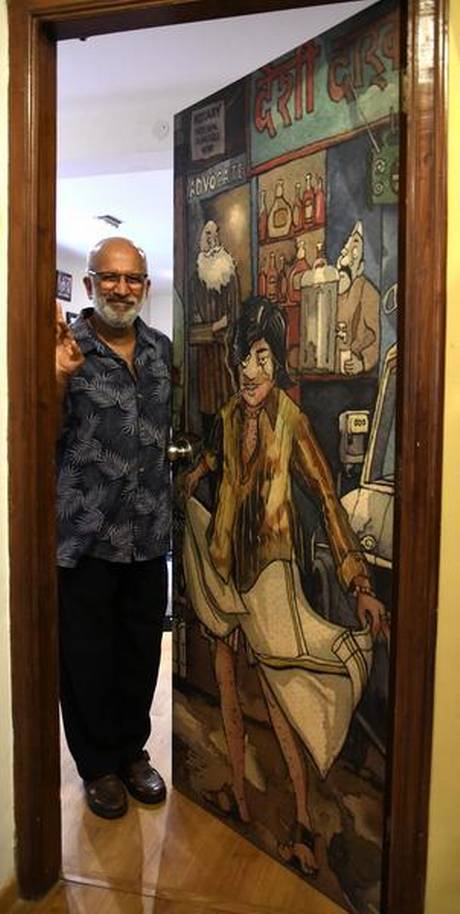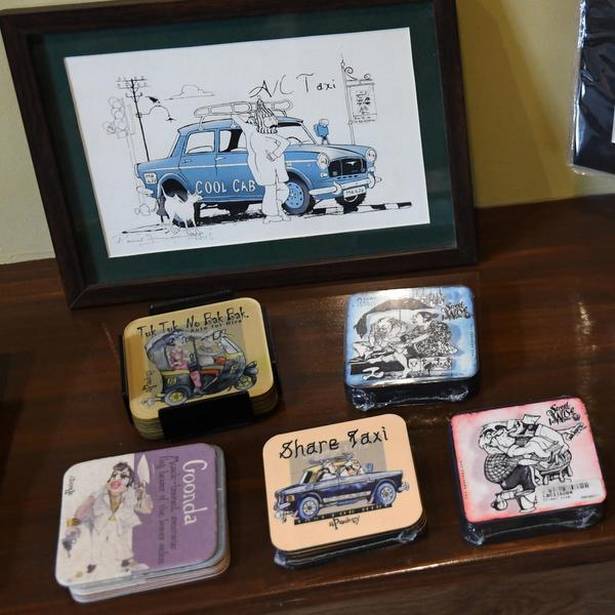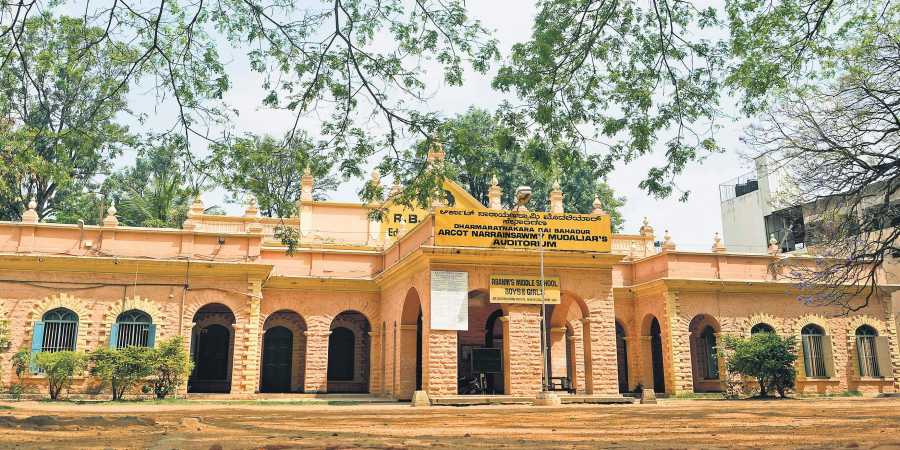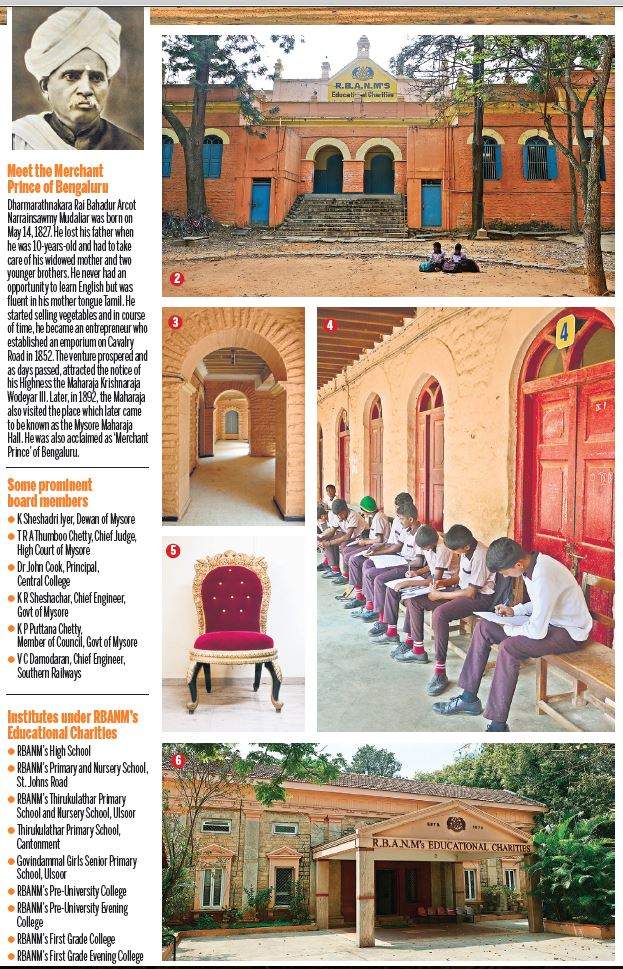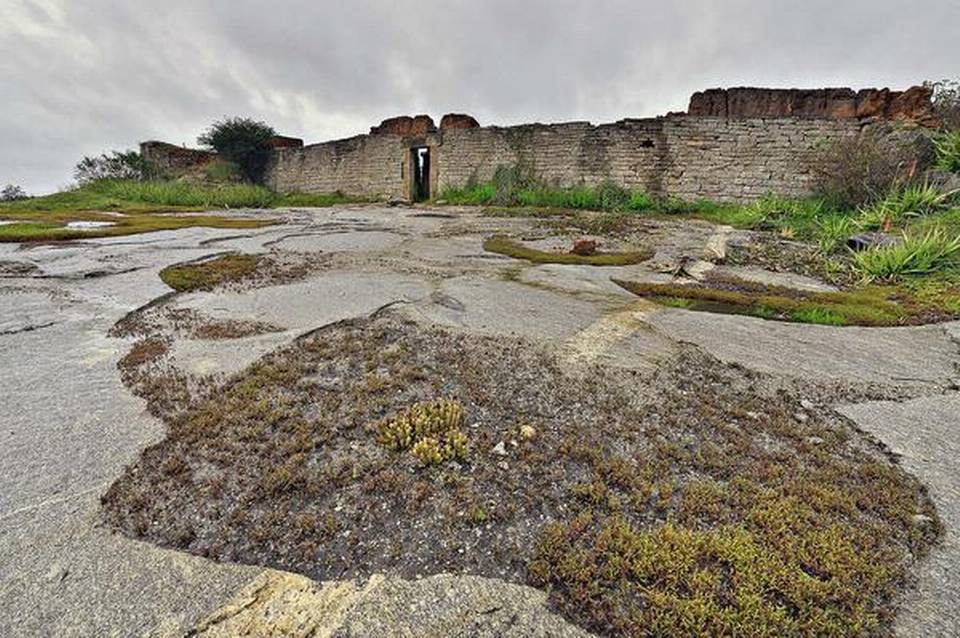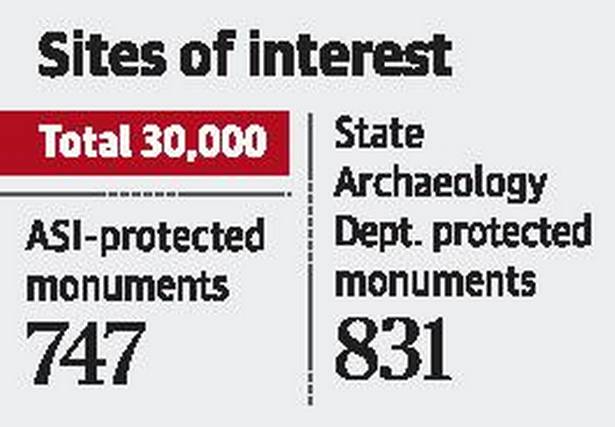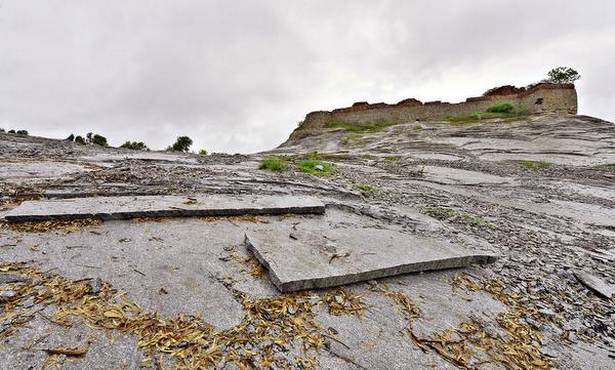Three books help you rediscover the city’s fascinating past

Nothing makes you nostalgic about a city like being told that you can’t go there. The irony of the current raging pandemic is that inhabitants are shut out from a city that they are living in. So, Metrolife scrambled through its library to send you on a nostalgia trip. We found three pieces of writing that illuminate Bengaluru from a time far gone. All the pieces refer to the city come from the time when the city was still officially called ‘Bangalore’ and not ‘Bengaluru’.
Bangalore: the explorer’s sourcebook
One book that we found is Sourcebook Publishing Company’s ‘Bangalore: the explorer’s sourcebook’. Published in 1995, the book, which is a guide for the uninitiated tourist, has been cornily subtitled ‘Breathtaking Bangalore’ and ‘The Heart of South India’.
For a tourist book, the book catches you off guard by getting too personal at times. You can feel the lump in the throat when the publisher says, “Used to writing long notes, this once, I am short of words”.
Being a relic, we are separated from the milieu of this book by 25 years, and the fonts and advertisements are not ones you have seen in decades. As a book that lists out suggestions for people, it may be vastly outdated, but that is what makes it such a great document to understand what the city used to be.
Readers today may feel alienated by instructions about catching an auto, such as “The minimum charge is Rs 4.60 and the drivers have charge charts which give the corresponding charges to those on the meter”. Another shock: “One can also hire an auto for a whole day for approximately Rs 120”.
Being a book for the outsider, ‘The explorer’s sourcebook’ celebrates the city’s impressive multiculturalism.
It is pleasing to hear the book talk about different languages and ethnicities living together in harmony. While it is always simplistic to think of any era as a utopia, it is still a sparkling vision.
Bangalored: the expat story
If the explorer’s sourcebook was our window into the 90s, ‘Bangalored: the expat story’ is a window to the decade that came after. But what sets Eshwar Sundaresan’s book apart from the tourist guide, among other things, is the excellent prose and sense of humour.
For instance, the writer, in the acknowledgments page, thanks BESCOM “for their delightful inefficiency. Had it not been for their erratic power supply, I would have met all my deadlines and life would have been a drab.”
Published in 2006, the book is an attempt to unpack the newly minted term ‘Bangalored’. It had gained prominence during the 2004 US presidential election and came with a lot of anger because it denoted that people in the US were losing jobs as they were outsourced to Bengaluru.
Sundaresan’s intention is to take the word, borne out of hate and fear, and make it “rounder”. So, he interviews the expatriates themselves. “In other words,” he says, “I believe the expatriates can teach Indians something about India.”
Despite the heaviness of the subject, the writer is very indulgent about the city. His introduction, for instance, starts, “A light fog envelops the calm of the November morning. Inside the Indiranagar park, joggers and walkers of all ages are beginning their workouts. A couple of college students are holding hands in silence as they occupy seats in the farthest corner of the park. Suddenly, a volley of shrieking laughter pierces the heart of the fog and startles the mynahs into flight. The laughter therapy group, too, has begun its workouts.”
The book says that as of 2006, 12,000 foreigners, that is more than half the expatriate population in the country, live in Bengaluru. The book sought to examine the levels at which they interact with the locals and the impact that they have on the cultural, financial, social, political and educational spheres.
“Most of the expatriates featured in the book are resourceful, some are quirky and eccentric, and a few are stubbornly idealistic, but they are all memorable. What emerges is a whole new perspective on urban India and its ambiguities,” the book’s blurb reads.
So, for Sundaresan, Bengaluru is about the meeting of the old and the new. A man driving an army truck, to him, is emblematic of Bengaluru’s cantonment past.
A 20-something IT professional tying the knot of his tie while waiting for his company bus, is emblematic of the city’s present. When they look at each other, representing two different eras, yet brought together in time, it is a waltz of history.
But reading the book fourteen years later, we see a very different Bangalore. The vision of a city covered in chrome in long gone. There are no longer pizza parlours whose advertisement taglines read “gigabytes of taste”. In 2020, in the era of Donald Trump and his ‘America First’ policy, all this may be retro or even kitsch.
But reading certain parts of the book, we realise that some things about the city will never change. In the introduction, Sundaresan writes, “Turning into Old Madras Road, I find the traffic gliding along as if on autopilot. In an hour’s time, this stretch would mutate beyond recognition. People will be conversing in the language of honks and expletives”.
‘Mysore and Ramrajya’
While writings on the city are not scarce, there is one that is hardly mentioned. Written by M K Gandhi, the article, originally written as a speech, has been titled ‘Mysore and Ramrajya’ and published in a NIAS compilation. He was recovering from an illness in 1927 and had stayed near Bangalore and near Nandi Hills. He used to hold prayer meetings under a peepal tree at this time.
In the piece, Gandhi spoke about the then Mysore state, expressed appreciation for the work of Krishnaraja Wadiyar IV and outlined what had to be done to make princely Mysore “Ramarajya”. The editors of the book in which this speech was included say Mahatma’s vision did not survive, “but it is worth remembering that, if nothing else, it tells us that there was a time when Bangalore was not always preoccupied with modernism”.
Gandhi had delivered the speech in English, but he didn’t seem too happy about it. He says that he wished all his listeners in Mysore understood Hindi, but adds “I do not know when that time is going to come”. While praising M Visvesvaraya’s works such as Krishna Raja Sagar Dam and Bhadravati Iron Works, he makes an appeal to the state of Mysore to use the charkha so that the economic situation of the peasantry will go up.
He urges Mysoreans to give up drink and beef, and deplores many Sanskrit scholars in the state who refuse to teach the language to ‘Adi Karnataka’, that is the lower caste people of the state.
source: http://www.deccanherald.com / Deccan Herald / Home> Metrolife> Metrolife on the move / by Roshan H Nair, Bengaluru / March 22nd, 2020





